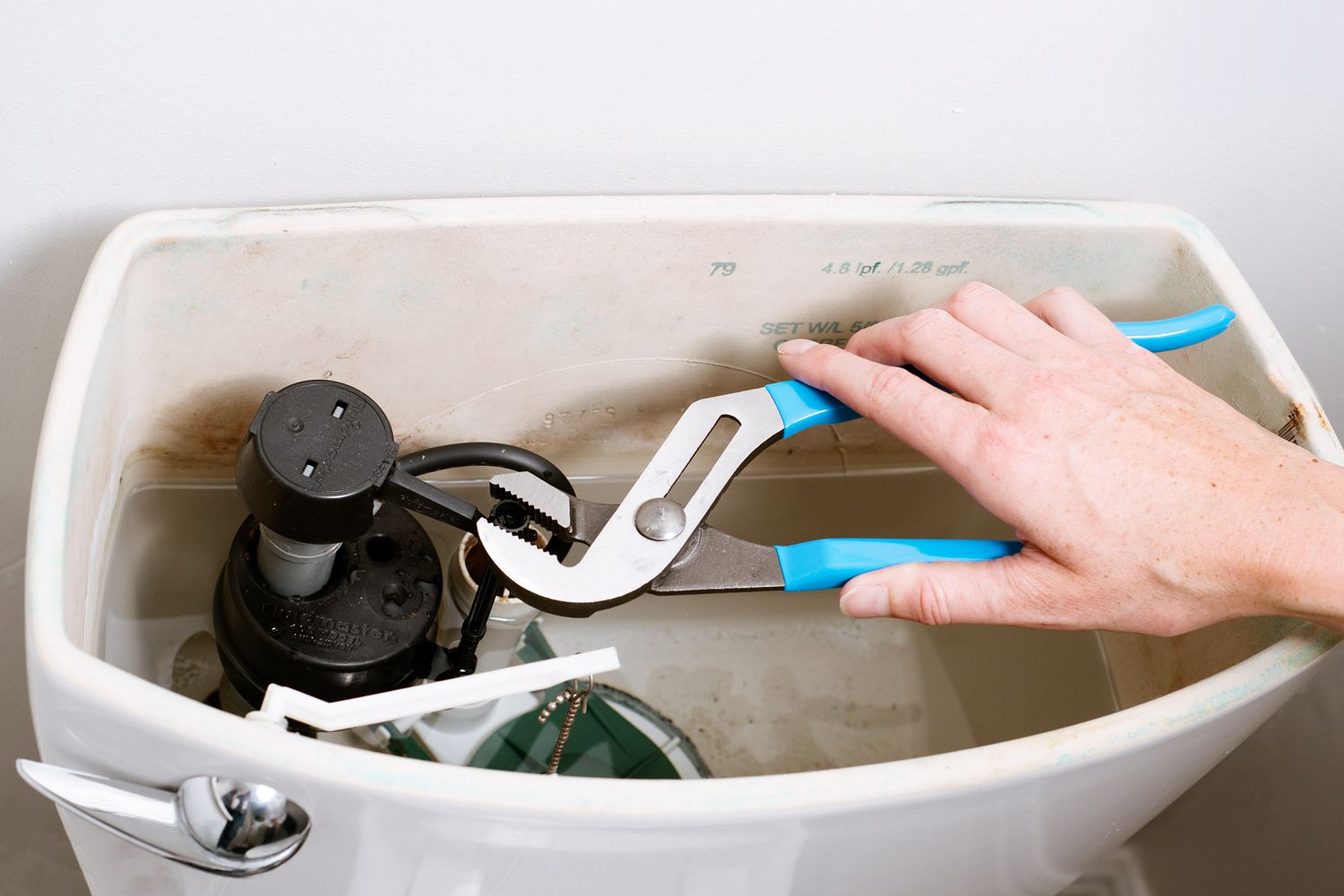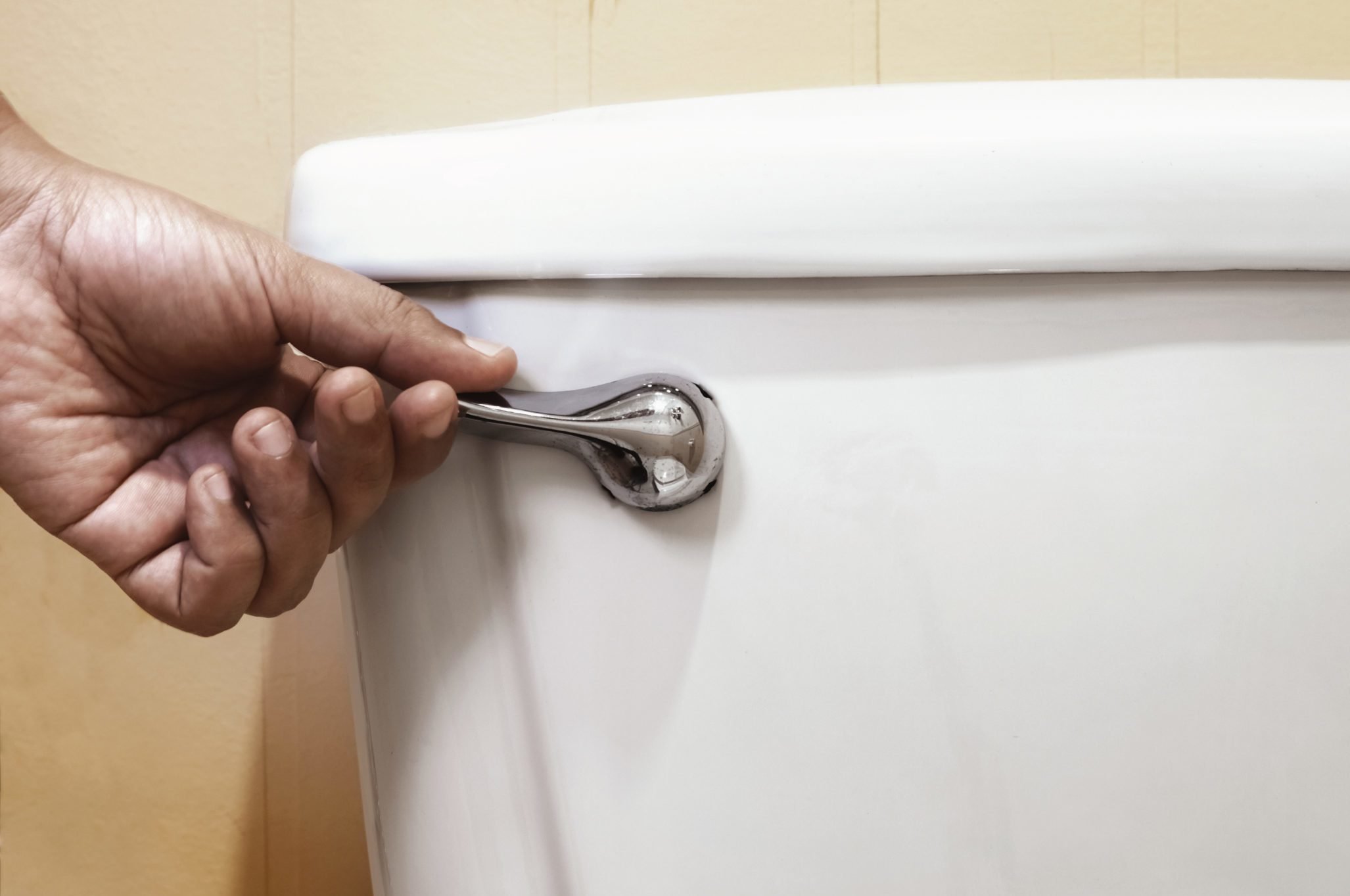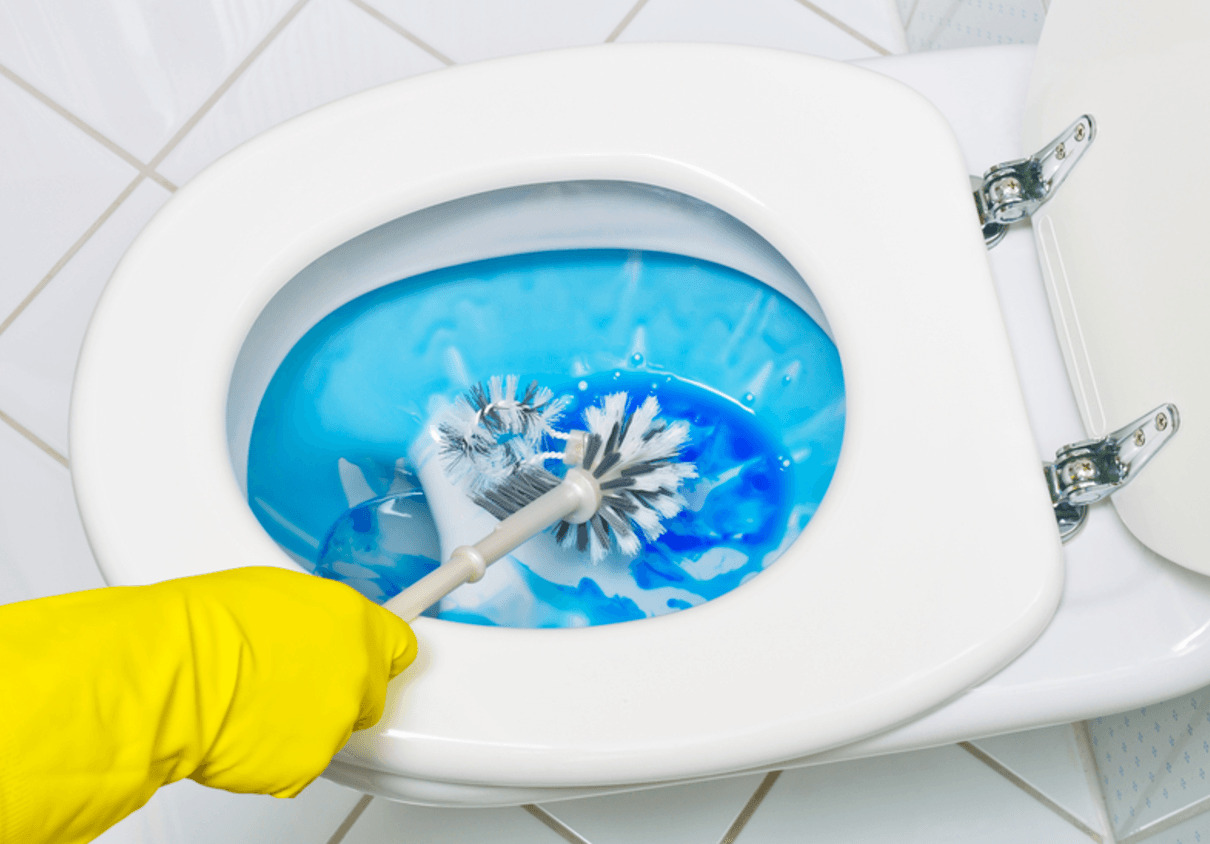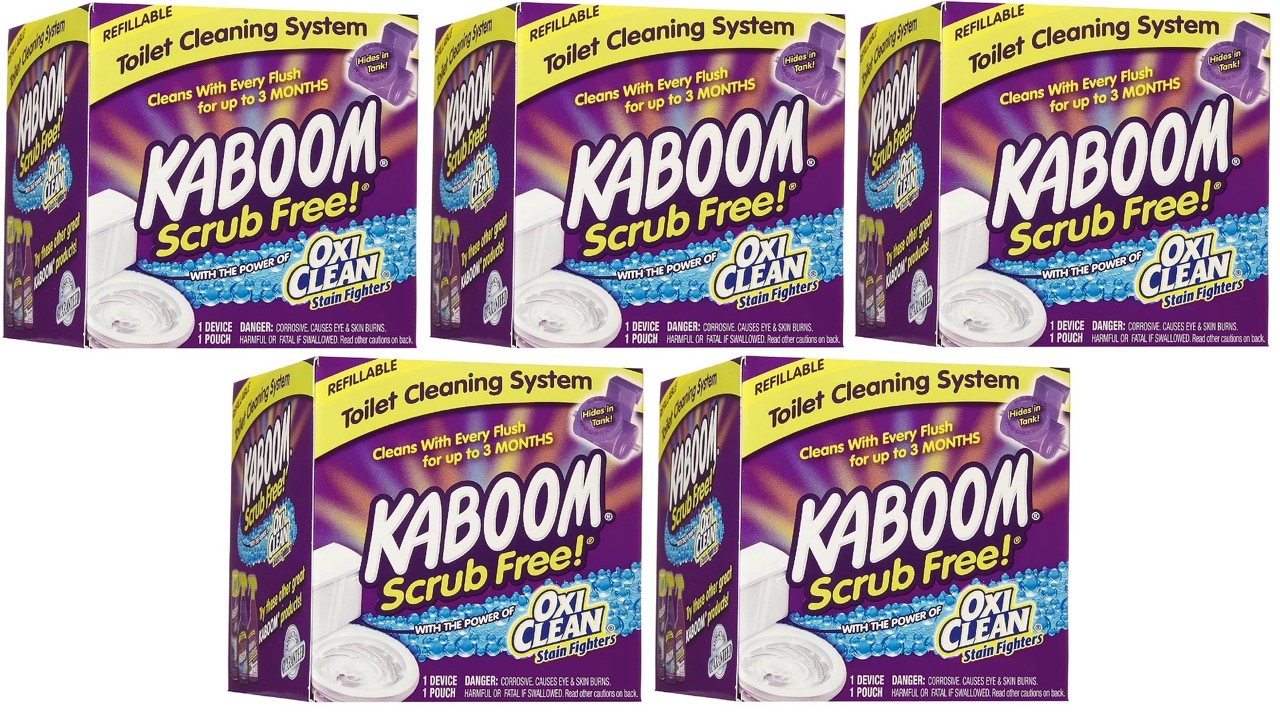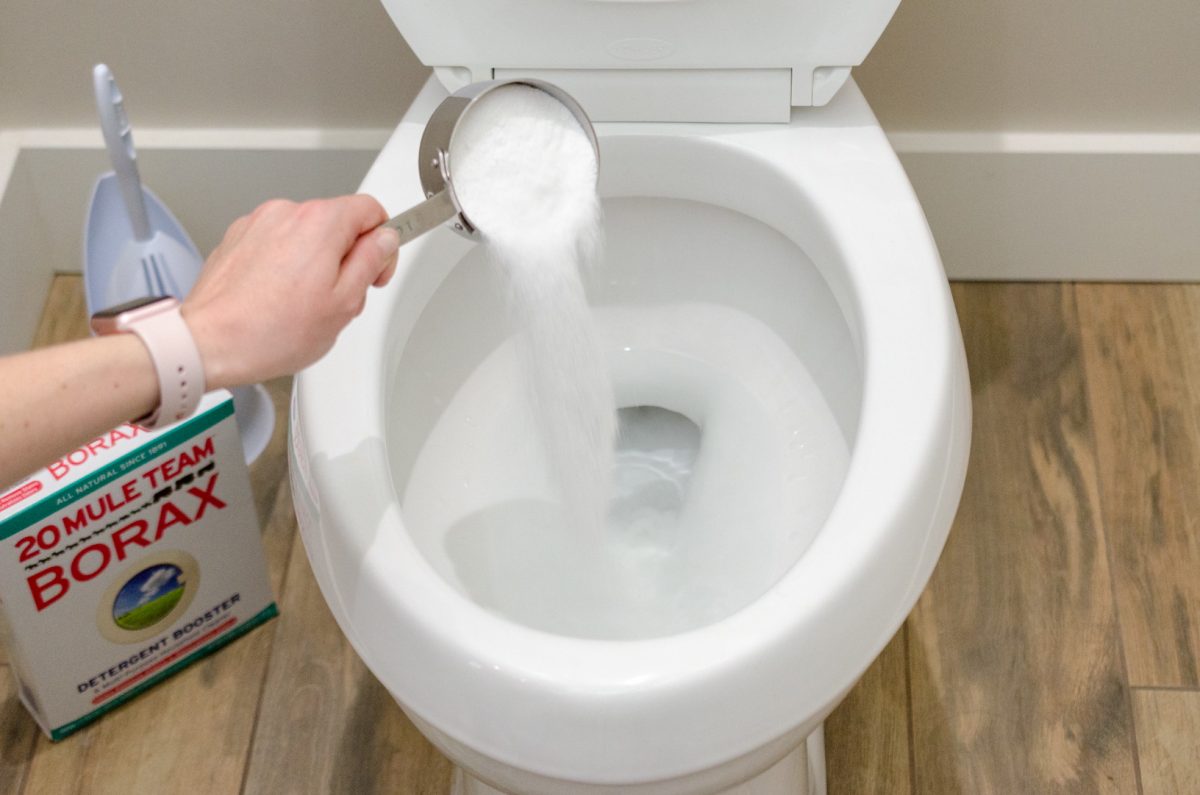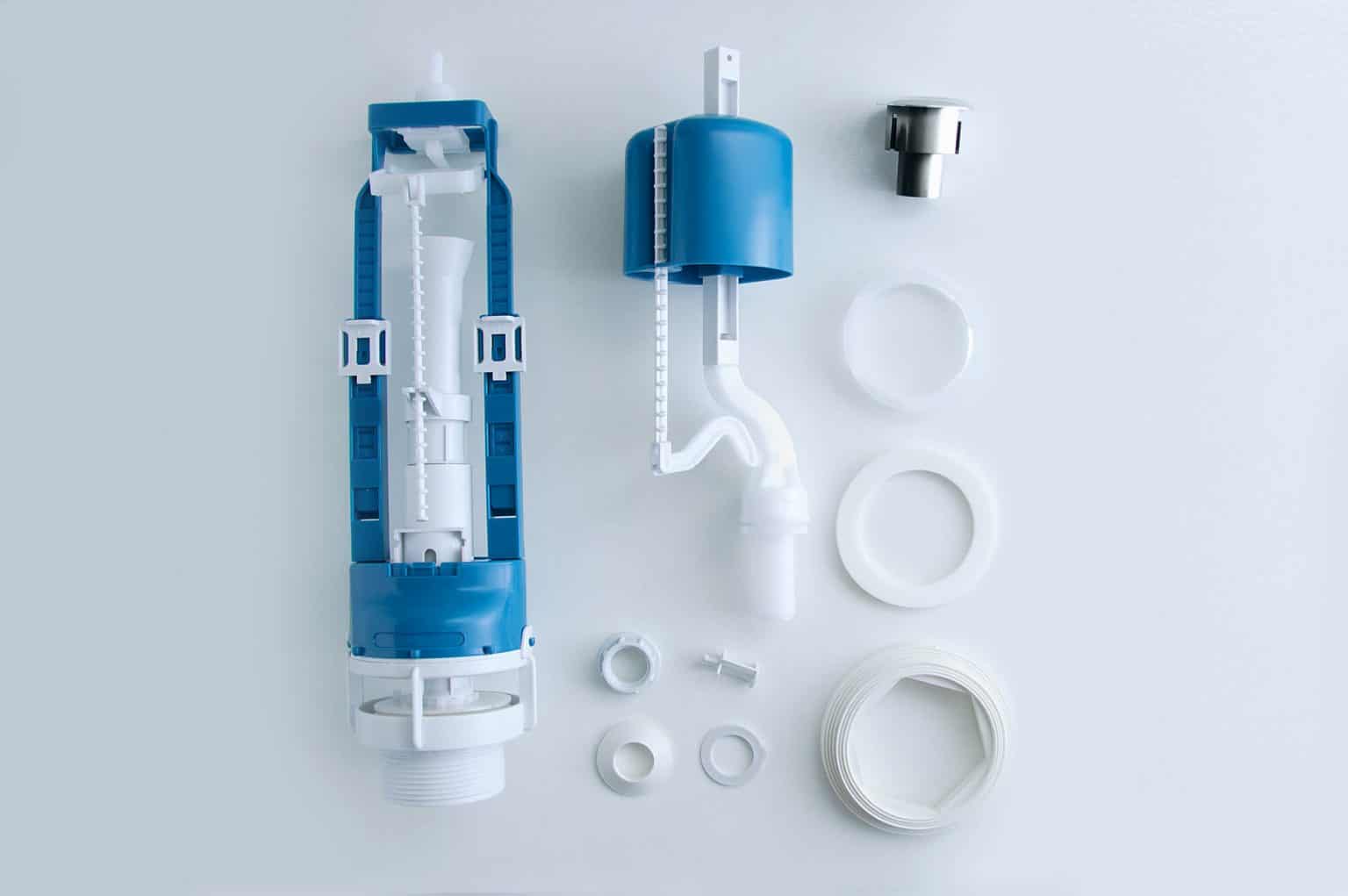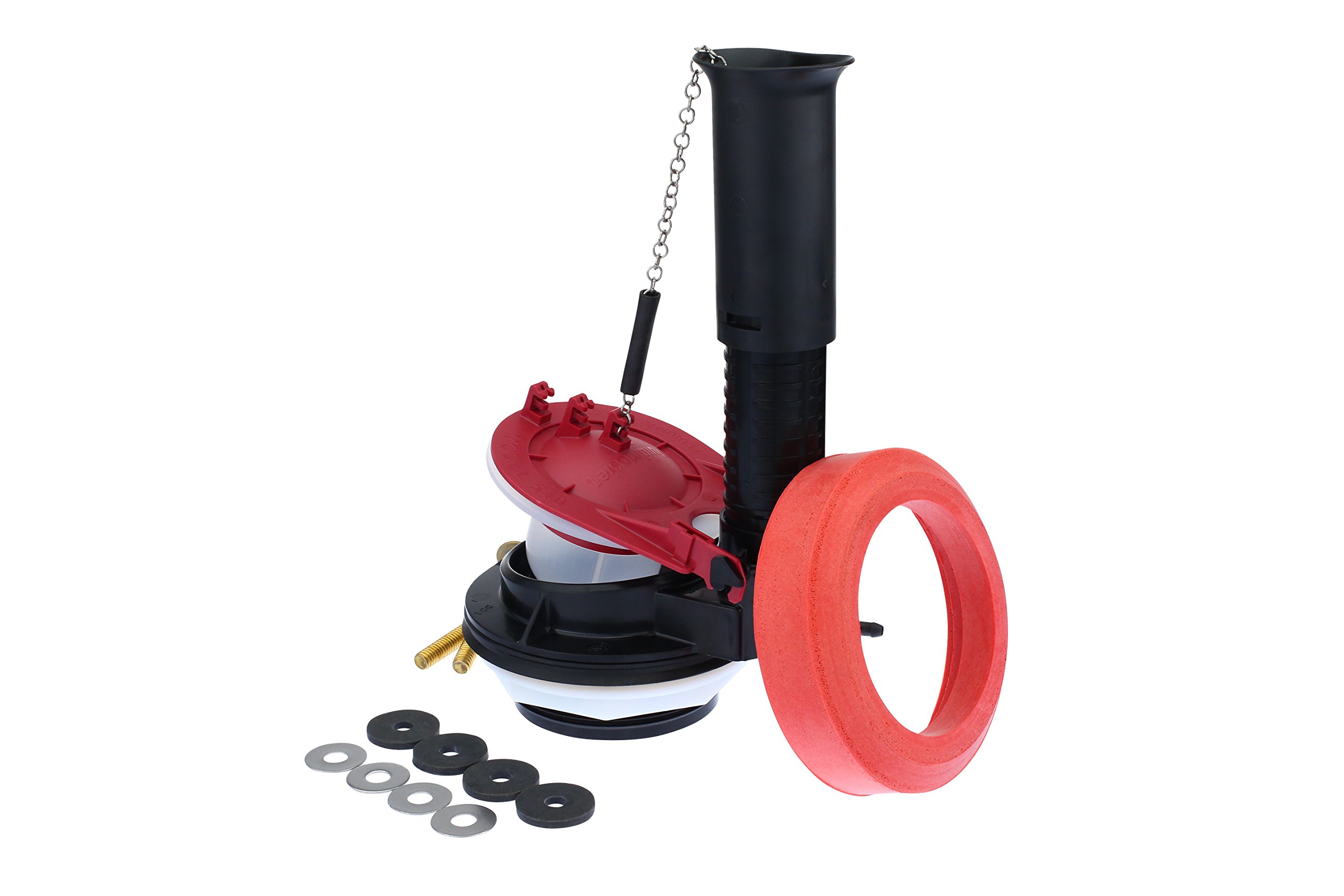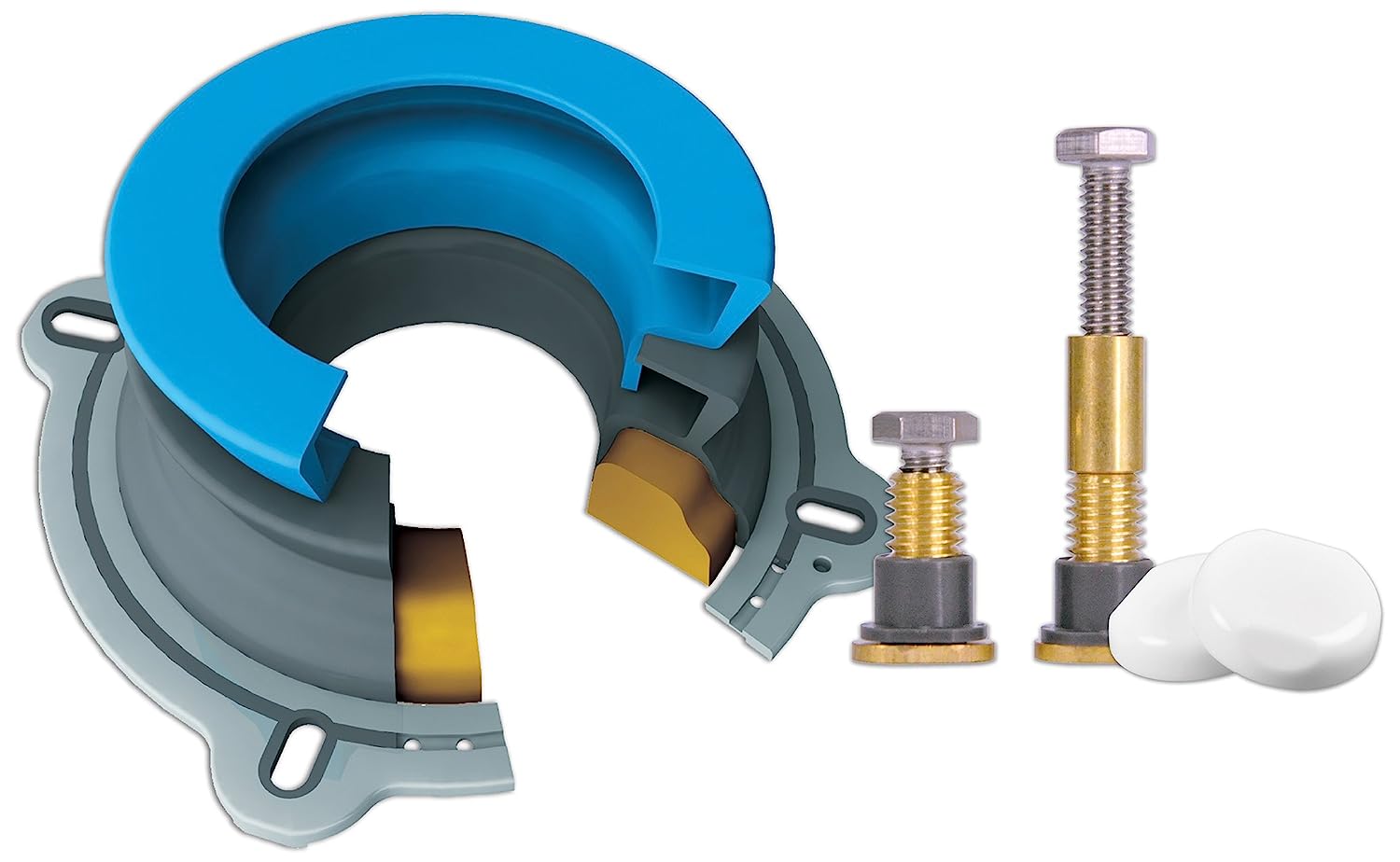Home> Toilet Maintenance Tips
Toilet Maintenance Tips: Essential Guide to a Clog-Free Bathroom
Explore top toilet maintenance tips for smooth running pipes. Prevent costly repairs with our comprehensive guide. Perfect maintenance starts here.
12 Everyday Items You Should Never Flush Down Your Toilet
By: Lily Evans • 50 Best Bathroom Storage Ideas Of All Time
How To Clean A Toilet For A Pristine Bathroom
By: Sophia Turner • 50 Best Bathroom Storage Ideas Of All Time
